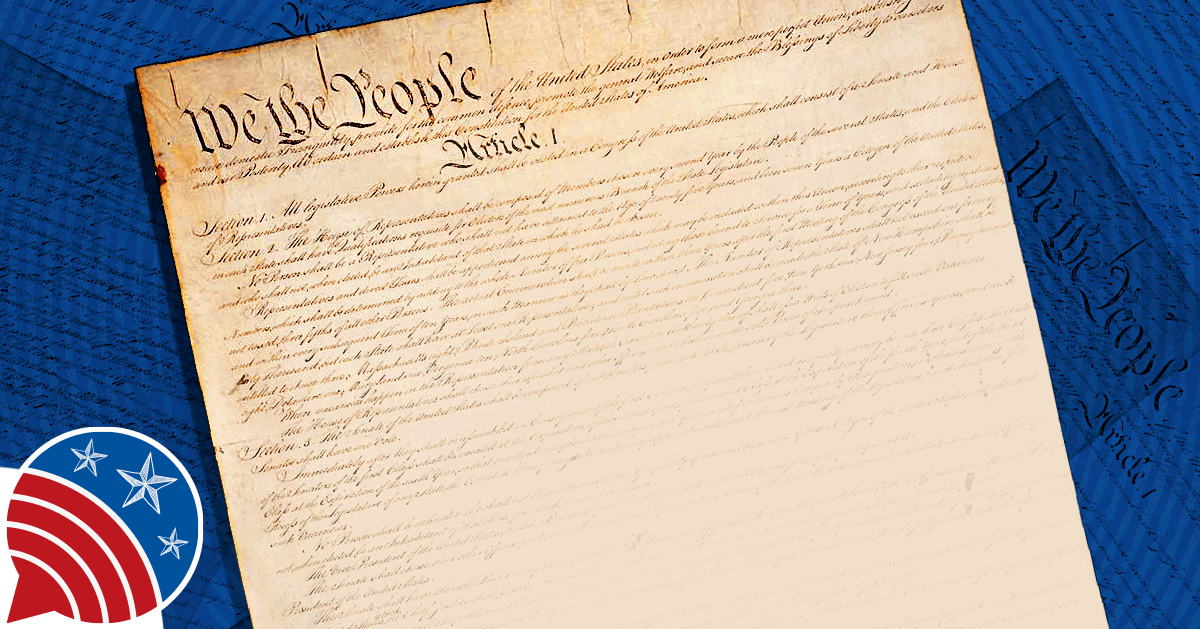
Principles of the Constitution
Take a quick trip back to the founding era to learn about the roots of representative government, limited government, separation of powers, and the many compromises that led to our Constitution. What is the distinction between a republic and a democracy? This exploration lays the groundwork for rich dialogues on government power, the ongoing tension between state and national power, and American democratic values in action, both now and over time.
Podcasts & Videos
The Framers of the Constitution realized that the Articles of Confederation were not adequate for meeting the challenges of the new nation, so they drafted a new constitution when they met in Philadelphia in 1787. Mindful of the examples of the ancient Greeks and the Roman Republic, the Framers built a government strong enough to be effective, but not so strong as to trample on the rights of the people. The Constitution drafted in Philadelphia and ratified by the states created a republican form of government of three coequal branches with separated and shared powers: the legislative, executive, and judicial branches of the national government.
Each episode below contains a video, quiz, and script. In addition to use in this civil discourse module, 60-Second Civics makes a great warmup activity for your classroom any day!
Want to go deeper? Search political parties or any other relevant topic for use in your instruction from the full library of 60-Second Civics podcasts.
Why did the Framers meet in Philadelphia in 1787 to create a new Constitution? Dr. Lester Brooks, American history professor emeritus from Anne Arundel Community College, explains why a new Constitution was needed when the Articles of Confederation proved inadequate.
How did the Framers of the Constitution deal with the issue of separation of powers at the Philadelphia Convention? Dr. Lester Brooks, emeritus professor of American history at Anne Arundel Community College, explains how separation of powers was a major issue at the Philadelphia Convention, which drafted the new Constitution for the United States.
Why was representation a major issue at the Philadelphia Convention, which was held to draft the Constitution? In this episode, Dr. Lester Brooks, emeritus professor of American history at Anne Arundel Community College, explains a critical issue at the Philadelphia Convention: how the states would be represented in government.
What type of government was produced at the Philadelphia Convention? In this video, Dr. Lester Brooks, emeritus professor of American history at Anne Arundel Community College, explains what the Framers of the Constitution thought about the best form of government that would be embodied in the Constitution.
How was the U.S. Constitution ratified? Dr. Lester Brooks, American history professor emeritus from Anne Arundel Community College, explains the process for ratifying the Constitution.
What fundamental principles are embodied in the U.S. Constitution? In this special Beyond the Legacy edition of the podcast, Dr. Lester Brooks, American history professor emeritus from Anne Arundel Community College, explains how the Framers created a system of republican government that sought to protect the rights of the people while maintaining an effective national government.
We hope you've enjoyed this series from 60-Second Civics. Check out the playlist below for easy viewing of the entire series, with each episode playing back-to-back.












